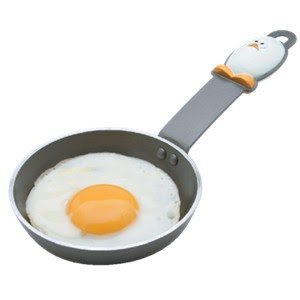Will be fine as a heatsync - somewhere to dump all that heat away from the delicate silicon.Will a heatsink in a mostly sealed case dissipate or remove heat enough without a way to move air out of the case to prevent damage?
What it won't really do, however, is be a heat dissipater. The heat will just make the metal and air in the case hotter.
Hot air in a plastic box won't cool down very quickly
In other words, it will deal with brief power spikes, but not sustained loads.
Edit: This applies to really high-power chips. Not the SOC to be used in the Pyra.
Last edited by a moderator:


